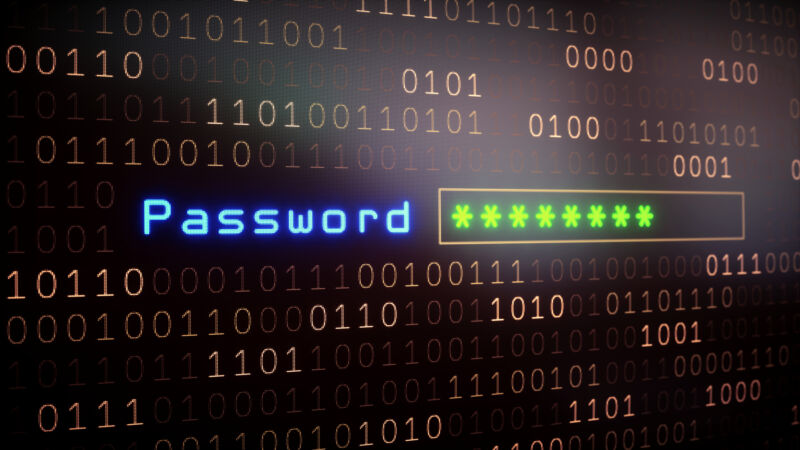Enlarge (credit: da-kuk/Getty)
Kremlin-backed actors have stepped up efforts to interfere with the US presidential election by planting disinformation and false narratives on social media and fake news sites, analysts with Microsoft reported Wednesday.
The analysts have identified several unique influence-peddling groups affiliated with the Russian government seeking to influence the election outcome, with the objective in large part to reduce US support of Ukraine and sow domestic infighting. These groups have so far been less active during the current election cycle than they were during previous ones, likely because of a less contested primary season.
Stoking divisions
Over the past 45 days, the groups have seeded a growing number of social media posts and fake news articles that attempt to foment opposition to US support of Ukraine and stoke divisions over hot-button issues such as election fraud. The influence campaigns also promote questions about President Biden’s mental health and corrupt judges. In all, Microsoft has tracked scores of such operations in recent weeks.









